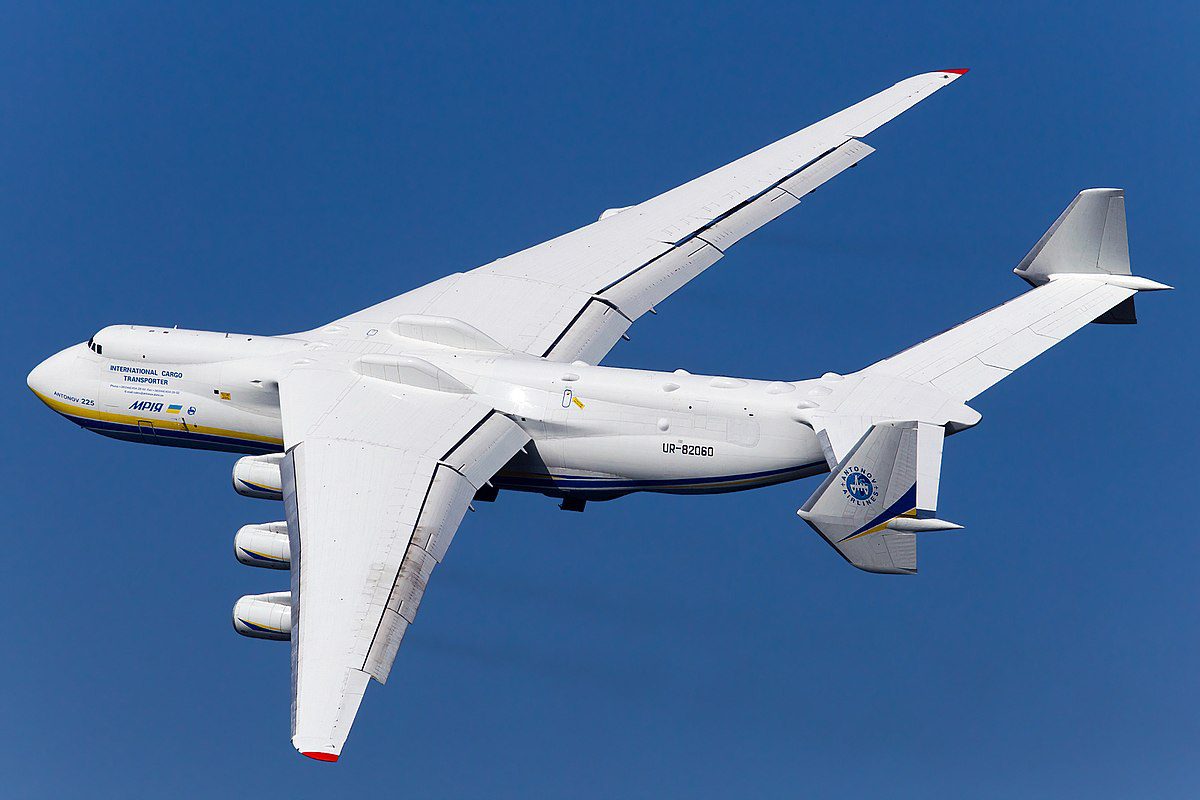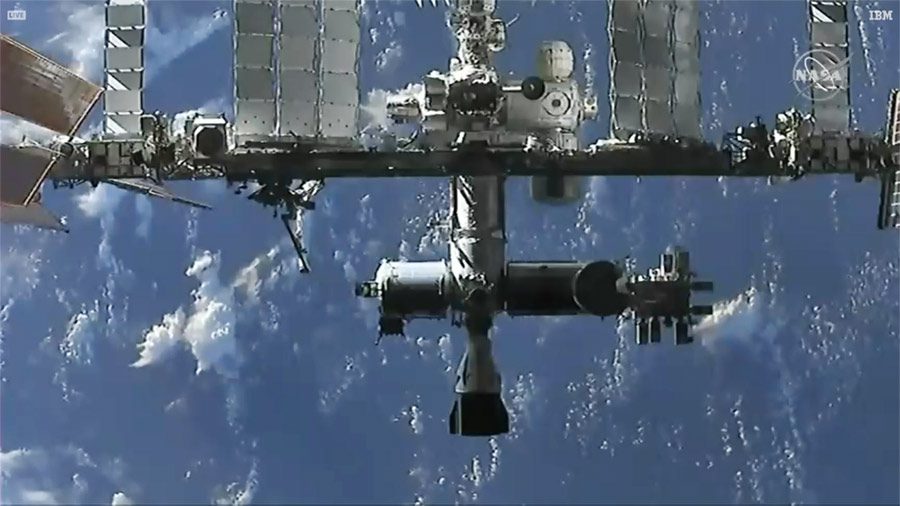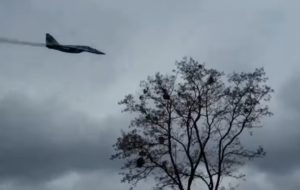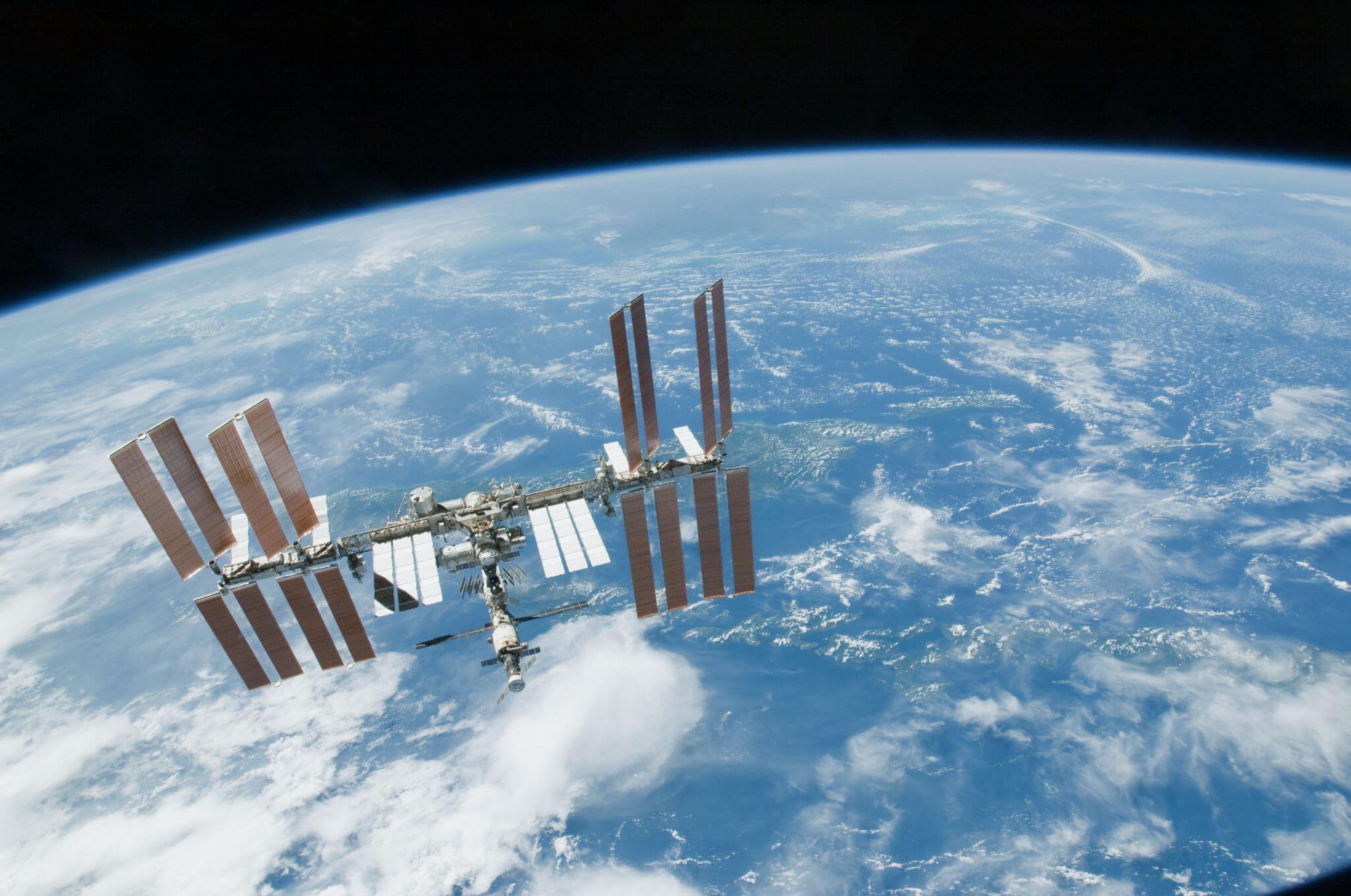While the main effects of the Russian invasion of Ukraine have already become apparent, most noticeably by the cancellation of the Soyuz launches of OneWeb satellites and probably Galileo as well, and the engine/stage supply issues affecting rockets such as Antares and Vega, there have been other effects. Some start-up space launch firms such as as Skyrora have had some of their staff stranded in Ukraine.
Early in the conflict the last surviving example of world’s largest aircraft, the six-turbofan jet engine Antonov An-225 Mriya (“Dream”), was destroyed. The cargo aircraft was heavily used in the space industry for the transportation of large spacecraft between manufacturers and launch sites. The aircraft was also famously used as a carrier aircraft to transport the former Soviet-era Buran space shuttle between locations, much in the same way as the US Space Shuttle orbiter was carried on the back of a Boeing 747 airliner. The chance of there ever being any more of these is very much diminished since Russian Air Force has now also destroyed the Antonov plant which built the aircraft. For the time being, the Yuzhmash and Yuzhnoye rocket engine and space rocket manufacturers in Dnipro are still intact.
Nations are withdrawing their satellites from Russian launches. Sweden has reportedly just removed its MATS satellite secondary payload on a Russian Soyuz 2.1B rocket launch, while Germany’s DLR aerospace agency has switched off its eROSITA black hole telescope aboard the already in orbit Russia-built Spetr-RG astronomy satellite, with the statement: “In light of the aggression against Ukraine, the DLR Executive Board decided to stop cooperation on ongoing and planned projects.”
While the relationship between Russia’s space agency and conglomerate Roscosmos and NASA has been fraught, as evidenced by Roskosmos posting video animations hinting that long staying NASA astronaut Mark Vande Hei would be left on the International Space Station (ISS) and that the Russian parts of the station would be broken off, at least the tensions here seem to be easing slightly. Update on 30 March 2022: Mark Vande Hei, returned to Earth on board the Soyuz MS-19 spacecraft on 30 March 2021 along with Russian cosmonauts Anton Shkaplerov and Pyotr Dubrov. That does not mean that former NASA employees have felt restricted in explaining exactly what they think of Dmitry Rogozin, Head of Roscosmos, and the rest of the Putin regime. Former NASA astronaut Scott Kelly has been engaged in a Russian language Twitter spat with Rogozin which resulted in Rogozin calling him a “moron” and blocking Kelly completely.
NASA has since requested that its former astronauts desist from getting into verbal fights with Roscosmos as it is complicating their relationship.
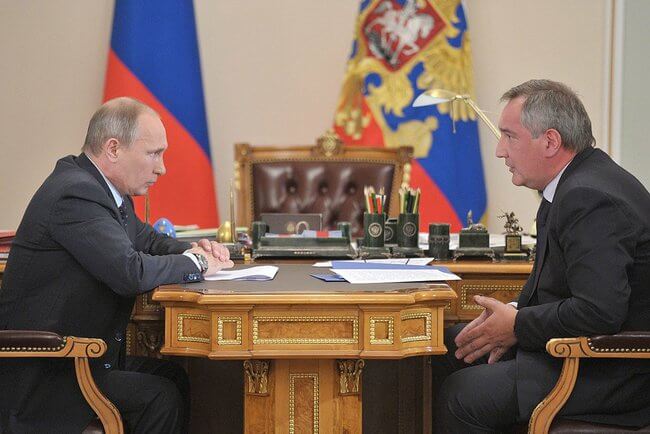
Library image showing President of Russia, Vladimir Putin with Dmitry Rogozin as head of Roscosmos. Courtesy: Roscosmos
While near term operations on the ISS are not likely to be affected, Roscosmos has nevertheless threatened to stop providing boosts via its Progress freighter engines or with the ISS’s own Russian-controlled thrusters. These orbit raising burns are required to counter the orbital falls caused atmospheric drag which could eventually slow and lower the station enough to force an orbital decay to an eventual re-entry. While other US-built spacecraft such as the SpaceX Dragon could probably make these orbit raising burns while docked to the ISS, they would still need the Russian control system gyros to work on ISS to let such a burn be controlled properly.
Such is the size of the ISS – a 500 metric ton marvel – if an uncontrolled re-entry did occur major parts are likely to survive re-entry. Such a re-entry could, in the style of Russian roulette with a spacecraft, miss the sea or uninhabited land – its most likely destination, and fall instead on a populated area, becoming the equivalent of two 747 airliners falling out of the sky. As an aside, this writer once had to advise on the likely consequences of the Russian space station Mir’s re-entry as Seradata’s antecedent, the aviation loss adjuster Airclaims, had got the job of working out the damage should the Mir re-entry go wrong. In the end, Mir’s controlled but slightly hard-to-predict re-entry into the South Pacific occurred safely with remaining debris falling safely into the ocean.
Russian gov't-controlled RIA Novosti @rianru posted a video on Telegram made by @Roscosmos where cosmonauts say goodbye to Mark Vande Hei on #ISS, depart, and then the Russian segment detaches from the rest of ISS. @Rogozin is clearly threatening the ISS program. #NASA #Ukraine pic.twitter.com/fj2coK1xR1
— NASA Watch (@NASAWatch) March 5, 2022
Economic sanctions are starting to affect Russian space companies, especially Roscosmos subsidiaries, not least because Putin’s confederate Rogozin is ultimately in charge. Nevertheless, there are some surprising omissions including radar and reconnaissance satellite maker KB Arsenal. Space services in the West are of course prospering. The US/Canadian firm Maxar is gaining fame for its publicly released imagery of the conflict. Demand for satellite imagery of Ukraine is reportedly having demand exceed supply by a factor of four. Military aerospace in genera is also benefiting – especially those with the best systems. The test of war shows which systems are “winners”. and their success normally means a very large uplift in export orders.
The joke about the “in laws” being deadly does appear to hold true given that the similarly pronounced NLAWs, Swedish designed shoulder-launched anti-tank missiles produced by the Belfast-based former Shorts missile arm of Thales (along with their US Javelin equivalents), have reportedly destroyed hundreds of Russian tanks and armoured vehicles. The NLAWs missiles were donated to Ukraine by the UK, along with training, in the months up to the invasion. Ukrainian soldiers are reported to shout God Save the Queen every time they successfully use one. Likewise, Turkey’s missile armed Bayraktar BT-2 drone UAV has had similar spectacular success helped by reconnaissance UAVs hose control communications were reportedly being aided by SpaceX’s Starlink satellite service. The deadliness of such anti-tank weapons is making military thinkers wonder whether main battle tanks like the Russian T-72 and T-90, or their Western equivalents, have a future on the battlefield anymore.
Russian combat aircraft, cruise missiles, helicopters and even sometimes ballistic missiles, have been found to be very susceptible to being shot down by Ukrainian surface to air missiles (SAMs). Many aircraft flown at medium-to-high heights have been destroyed Russian-made Ukrainian-operated radar guided SAM missiles such as the SA-11 “Buk” and the more modern SA-10 “S-300”. Meanwhile jets and especially helicopters flying at lower levels have often been shot down by short range shoulder fired types such as the US-built Raytheon Stinger and Russian made Igla, as evidenced here.
The effectiveness of radar guided SAM systems is thought to have been one of the drivers in the long awaited German decision this month to replace its Tornado fighter-bomber fleet with the modern “stealthy” Lockheed Martin F-35 strike fighter design. As it is, Russian Iskander-M short range ballistic missiles have been found to be using decoys to confuse Ukrainian SAM radars. Update on 21 March 2022: Russia has since started launching very difficult to intercept hypersonic Mach 5+ Khinzal air-to-surface missiles from its Mig-31 jets
Air-to-air fighter combat has been less prevalent despite the rumoured exploits of the part mythical “Ghost of Kyiv” – a Ukrainian Mig-29 fighter ace who apparently flies very low to use ground clutter to confuse enemy aircraft radar before he pounces on them. An attempt to bolster the number of agile Ukrainian Mig-29 jets with retired ones from Poland via a US airbase in Germany fell through due to the risk of this being misconstrued as an attack on the Russian armed forces emanating from a NATO country. Nevertheless, Western military supplies including the anti-tank and anti-aircraft missiles mentioned are getting through to Ukraine.
In the field of civil aviation and financing there has been consternation amongst leasing firms when Russia effectively “stole” their Western-built aircraft after they attempted to repossess them. Not that many are needed, as most air routes are now barred to Russian airlines. Aircraft lessors are expected to make insurance claims for over US$10 billion for “constructive total losses” for their “stolen” aircraft. As it is, aviation and space insurance for Russian firms is now pretty much unavailable from the international market due to sanctions.
While defence orders are up, in the near term Western aerospace firms such as the Rolls Royce jet engine manufacturer are suffering from being prohibited to supply aircraft parts and knowhow to Russia. Financial and Swift banking sanctions and commercial voluntary withdrawals is affecting trade across the board. And Russia’s economy is now starting to hurt. Satellite tracking systems have already noted a major downturn in both aircraft and ships going to Russian air and sea ports.

